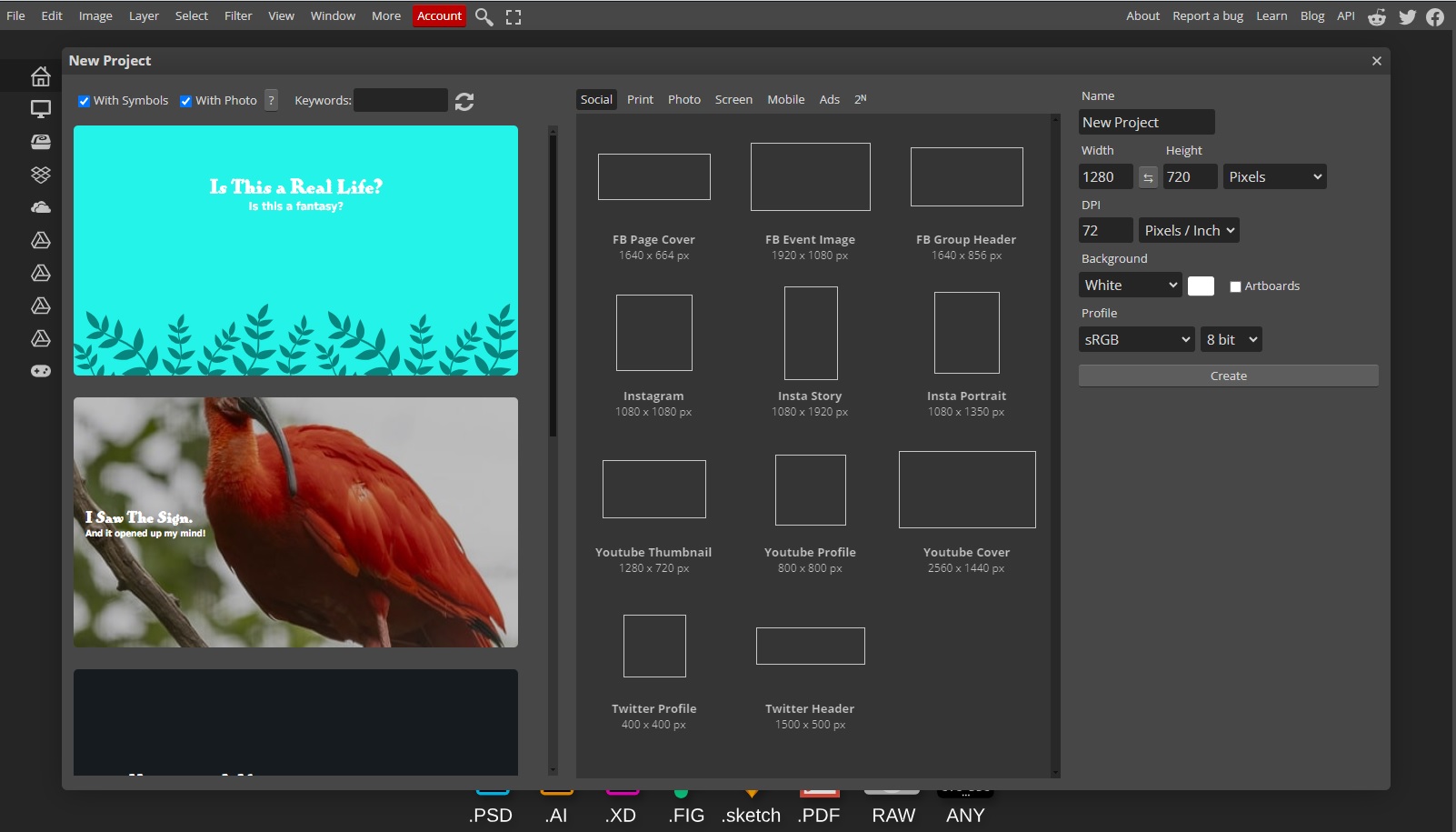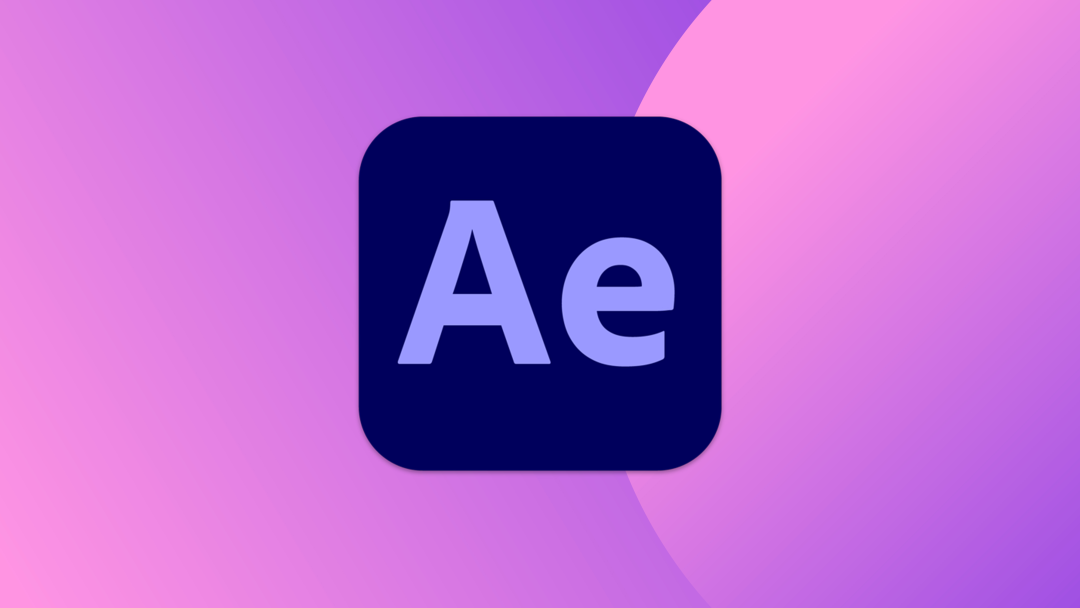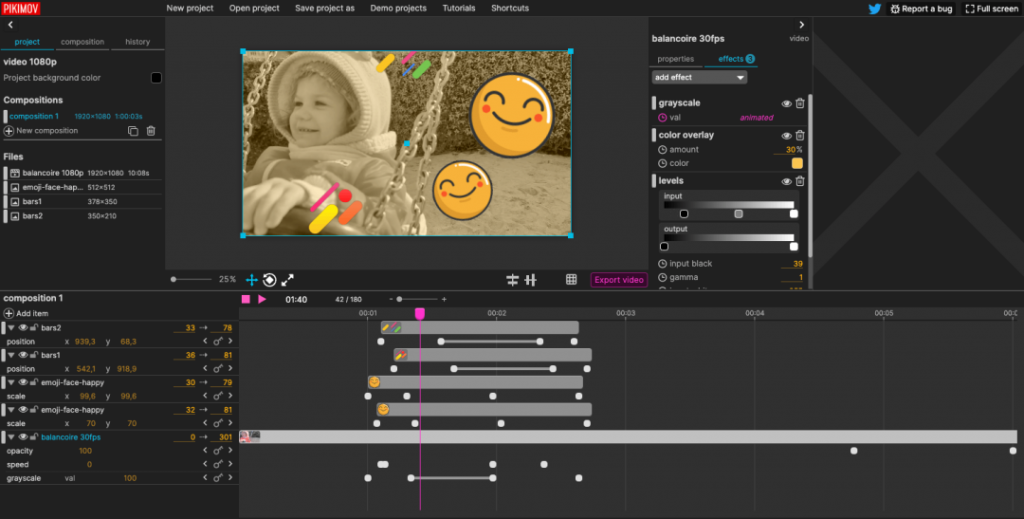-
info@wiseraccounting.com
-
Inquire about Tax Services: 403-970-1402
As we all know, Adobe is the absolute king of multimedia and digital content creators. It has many well-known software: Photoshop, Illustrator, Premiere Pro, After Effects, InDegign, Acrobat, Animate, etc.

The above software has high barriers to use, are expensive, cumbersome to install, and require a lot of hardware configuration.
Some programmers were unhappy about this, and they decided to “rise up” and provide free versions of the software to everyone.
1.Web version of PS that earns millions a year
Photopea is a Photoshop alternative developed by Czech guy Ivan Kutskir. Its interface looks almost exactly like Photoshop.
The difference is that you don’t need to spend money to buy expensive software, nor do you need to install anything. You just need to open the website https://www.photopea.com/ and you can process images like Photoshop.

Since it does not require registration and is completely free, Photopea has become popular all over the world.
Where there is traffic, there is business. Ivan Kutskir also earned millions of dollars a year as early as 2021 through advertising and other means.

What’s even more amazing is that Photopea has almost no operating costs. An ordinary server is enough because the code is downloaded to the user’s browser and executed.
It does not require a backend, does not need to support high concurrency, and does not require a database.
So Ivan Kutskir, who works alone, only needs to focus on development and live a very comfortable life.
2. Web version of AE
When seeing Photopea, many people will think, image processing has been solved, but what about video processing?
In Adobe’s arsenal, there is a killer weapon called AE (After Effects), which can be used for 2D and 3D synthesis, animation production and visual effects. It is usually used for post-processing work in film production, TV broadcasting and video games.

Can AE be moved to the browser?
Frenchman Clément Cordier came up with this idea.

As a creative developer who works on a Linux machine every day, he often needs to do some video synthesis, layers, keyframes, masks and other operations, but Adobe’s AE cannot run on Linux.
So in his spare time, he developed a software called Pikimov, which is very similar to Photopea in concept. It requires no registration, no download, and is completely free. It is an alternative to AE used in the browser.

Pikimov has implemented the interface and user experience of AE as much as possible:
Pikimov also has a loud slogan: No AI, which means that the files are kept on the user’s local machine and do not need to be used by manufacturers to train AI models.
Pikimov is very small, only 5M, and can be run by downloading it to the browser, without the need for a high-speed network.
Pikimov used these techniques:
– Threejs: 2D/3D combined rendering engine
– Emberjs: UI Framework
– WebGL GLSL: Rendering Video Effects
– jQuery: Managing bits and pieces
What kind of expert is Clément Cordier? How could he develop such a complex web application using seemingly ordinary tools?
In fact, he studied digital art in college and graduated with a master’s degree from the historic Caen-Cerbourg School of Arts and Media in 2005.
So all his knowledge of computer programming came from self-study.
His personal description on LinkedIn is “Web full-stack programmer”, proficient in JavaScript, HTML5, Three.js, Ember.js and PHP.
This is a difficult journey, because whether it is the web version of PS or the web version of AE, the workload is extremely terrifying if one person works alone.
If you don’t really love this thing and have experience in this field (PhotoPea is image processing, Pikimov is video processing), it is very difficult to make a web version of the software. The long development process is simply impossible to persist.
But the world is big, and there will always be programmers somewhere who suddenly emerge and bring us surprises.